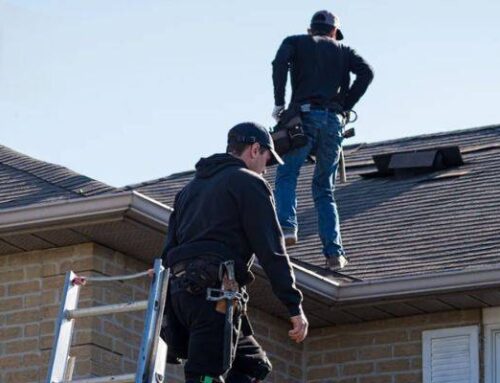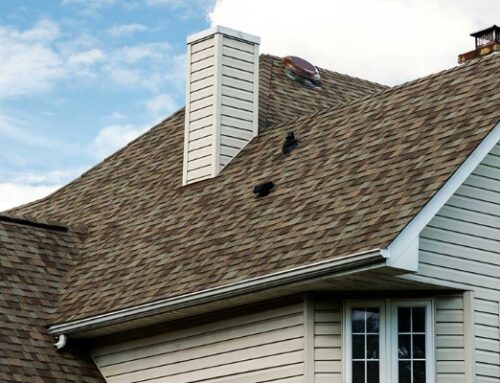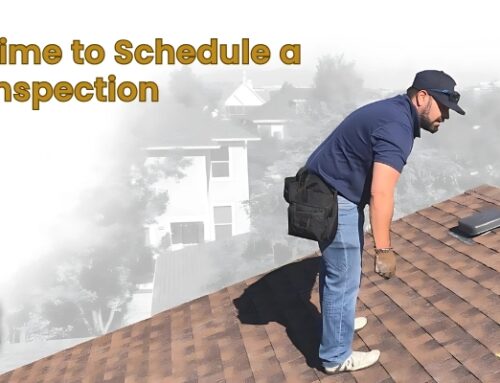Though winter is a beautiful season, many problems are associated with this time of the year for a homeowner. Since it forms the first line of defense of your home against nature’s elements, the roof gets affected by heavy snow, freezing rain, and ice winds. Sadly, it’s not easy to detect damage in roofs especially when it’s masked by snow and ice.
Inspection is a must-do roofing service during winter, not merely doing it once a month could allow any problem to linger through the season and come into fruition leading into either repair expense and the structural damage of your property’s rooftops. According to one such writer’s blog, here’s presenting before you the top ten signals your roof is decaying you should know that learning its pre-signals early will show you how to tackle troubles like sagging gutters and mysterious water stains.
On your roof, winter may be harsh. Its resilience is put to the strain by heavy snowfall, ice accumulation, and cold temperatures, which can cause significant harm. You may avoid more costly repairs and save money by identifying roof problems early.
The top ten indicators of roof deterioration are listed here, along with important information about each.
1. Ice dams
- When snow melts on your roof and re-freezes at the edges, water backs up and creates ice dams.
- Signs include water stains on walls or ceilings and icicle dangling from the eaves.
- Why it’s important may result in roof’s structural damage and water leaks.
- Take action: Make sure the attic is properly ventilated and insulated.
2. Damaged or absent shingles
- Strong winds or ice can remove or damage shingles.
- Signs include damaged shingles, curling, or bare patches.
- Why it’s important makes your roof vulnerable to water intrusion.
- Take action: Arrange for a qualified examination to replace any cracked or missing shingles.
3. Water Marks on Walls or Ceilings
- Roof leaks are frequently the cause of interior water damage.
- Signs include wet areas, peeling paint, and yellow or brown stains.
- Why it’s important shows leaks that can cause mold growth or weakening of the building.
- Take action: Find the cause and fix the roof as soon as possible.
4. Sections of the Roof That Sag
- A sagging roof indicates structural issues, which are frequently brought on by too much water or snow.
- Signs: Uneven rooflines or noticeable dips.
- Why it’s important puts the roof’s structural integrity at risk of collapsing.
- Take action: Get rid of the snow right once and speak with a roofing expert.
5. Damaged or obstructed gutters
- Roof issues are made worse by blocked or broken gutters that impede adequate drainage.
- Signs include ice accumulation, overflowing water, or loose gutters.
- Why it’s important causes water to collect on the roof, which might result in ice dams or leaks.
- Take action: Regularly clean gutters and fix any damage.
6. Shingles-Related Granule Loss
- Shingles are shielded from the weather by granules. Loss is a sign of deterioration.
- Signs include bald spots on roofs and granules in gutters or close to downspouts.
- Why it’s important shortens the shingles’ lifespan, making your roof more susceptible.
- Take action: Replace any shingles with noticeable granule loss.
7. Damaged or Broken Flashing
- Flashing stops water seepage and seals roof joints. Its functionality may be compromised by wear or cracks.
- Indications: visible gaps, rust, or fractures near vents, skylights, or chimneys.
- Why it’s important permits water to seep through the roof’s framework.
- Take action: Fix or swap out broken flashing.
8. The Attic’s Constant Drafts
- Issues with roof ventilation may be indicated by cold air in the attic.
- Signs include visible daylight through the roof, cold patches, or higher heating costs.
- Why it’s important causes energy inefficiency, mold growth, and ice dams.
- Take action to close holes and guarantee adequate ventilation in the attic.
9. Growth of Mold or Mildew
- On or beneath the roof, excessive moisture might promote the growth of mold.
- Signs include musty smells indoors, green or black spots, or dark streaks.
- Why it’s important compromises roof materials and air quality.
- Take action: Take care of moisture problems and quickly clean the impacted areas.
10. Damage to the skylight and chimney
- Skylights and chimneys are frequent places for drafts and leaks to occur.
- Indications: Water stains, cracks, or loose flashing close to these features.
- Why it’s important permits heat loss and water intrusion.
- Take action: Examine chimneys and skylights and reseal them as necessary.
Conclusion
Regular roofing maintenance and inspection prevent costly repairs and potential catastrophes. Take immediate action to protect your house if you see any of these signs. For you to be sure that your roof can survive the winter, get a comprehensive assessment from the roofing experts.




